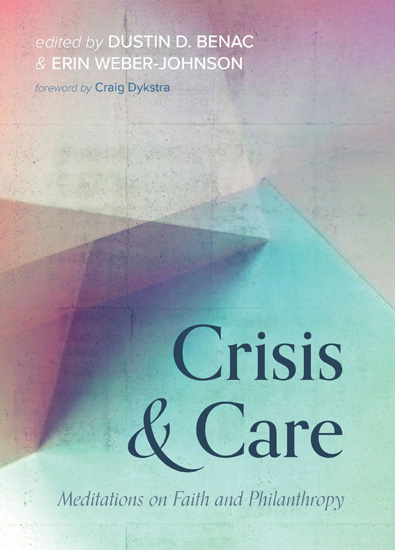Forget, for the moment, pledge cards, electronic payment plans, adding ATM machines out front or any of several other formal efforts to increase congregational giving.
The No. 1 reason motivating many generous givers is a sense of gratitude for God’s love and goodness, new research indicates. In one national survey, more than nine in 10 worshippers in high-giving congregations said they are influenced by an attitude of gratitude, with 57 percent saying it is a major influence. In contrast, fewer than four in 10 worshippers in low-giving congregations cited God’s love as a major influence.
The 2008-2009 wave of the U.S. Congregational Life Survey also found that worshippers who give at least 5 percent of their net income to their congregation are more likely than average attenders to report a strong sense of belonging to their church and are more active in Bible study and prayer groups and congregational decision making. These new data were presented at recent joint meeting of the Religious Research Association and the Society for the Scientific Study of Religion.
Increasing giving is more challenging in these tough economic times. Some 57 percent of congregations responding to the 2010 Faith Communities Today survey reported that their income declined a little or a lot during the recession.
The individuals who contribute some 90 percent of congregational income also are unsettled. In the latest wave of the Congregational Life Survey, nearly three-quarters of worshippers said they worry about their finances.
But religious leaders seeking to boost collections have the benefit of a growing body of research on church giving. At the recent joint meeting of the Society for the Scientific Study of Religion and the Religious Research Association in Milwaukee, researchers Deborah Bruce, Cynthia Woolever, Sheila Strobel Smith and Jack Marcum each presented findings from the Congregational Life Survey offering insights into beliefs and practices associated with higher church giving.
Some of the most significant predictors of generous giving -- having a membership that is relatively theologically conservative, older and without children at home -- may not be factors congregations can easily change, or would even desire to change.
But congregations may find that other factors related to getting more people involved and meeting their spiritual needs serve both their mission and their financial stability.
Consider these findings from the U.S. Congregational Life Survey:
- The carrot and the sacrifice. In high-giving churches, congregational leadership is most likely to place equal emphasis on both giving as a percentage of income and giving to support programs. When low-giving churches encourage giving, the greatest emphasis is placed on supporting the programs of the congregation, with relatively little placed on sacrificing a portion of income.
- Leave no significant other behind. Churchgoers who attend with a spouse or partner are in general bigger givers.
- Feed the spirit. In comparison to average churchgoers, worshippers who say that their spiritual needs are being met by the congregation and that worship helps them with everyday living are more likely to be generous at collection time.
- The pews are not for napping. Worshippers who say their pastor is inspiring and is a good match with the congregation give on average a higher percentage of their income.
The survey also found that how pastors spend their time makes a difference. One predictor of higher levels of giving is having a spiritual leader who devotes greater time than average to outreach and evangelism activities and to preaching and worship.
The research indicates that stewardship programs still matter, however. In a study of 250 congregations using data from the Congregational Life Survey, 50 percent reported having stewardship campaigns. Among congregations reporting an increasing financial base in 2008, 80 percent had stewardship campaigns.
But where these efforts appear to have the greatest chances of success are in congregations where people feel their spiritual needs are being met and give out of a sense of gratitude for God’s love.
“What’s the best advice?” Woolever asks, then answers in the Congregational Life Survey’s Beyond the Ordinary blog: “Encourage worshipers to grow spiritually and financially -- one is impossible without the other.”










